The Tench, also known as the “doctor fish,” is a species in the Cyprinidae family. Other members of the family include the carps and minnows. You can find this species in lakes and ponds throughout much of Eurasia. Read on to learn about the Tench.
Description of the Tench
This fish is easy to recognize by its bronze or olive green-colored scales and dark fins. Their scales have darker coloration near their backs and lighter color on their undersides. On close examination you will also see a small fleshy growth at each corner of the mouth, known as a “barbel.”
At its largest, this species reaches up to 27 in. long. The heaviest recorded individual weighed just over 15 lbs. However, most individuals do not reach quite this size.
Interesting Facts About the Tench
This fish has a number of interesting behaviors and adaptations. Learn more about what makes this species so unique, below.
- Hardy Habitats – These fish live in stagnant waters without fast moving currents. They prefer habitats with muddy or cloudy water to those with clear water. Many also live in regions with low oxygen levels as well.
- Adaptable Animal – Their ability to survive in otherwise uninhabitable waters makes them quite adaptable. In fact, it is one of the reasons that they have become an invasive species in areas where humans have introduced them to regions outside of their range.
- Indigenous vs. Invasive – In areas where humans have introduced them outside of their natural range, this species has become invasive. They displace indigenous, or native, species by out-competing for food.
- What’s in a Name? – With its tiny scales, this species is incredibly slippery and eel-like. Legend has it that if another sick fish rubs against the slime on this species, the sick fish becomes magically cured. Hence the name, doctor fish.
Habitat of the Tench
These fish occupy freshwater habitats, though they also range into brackish, or a mix of salt and fresh. They prefer stagnant or slow-moving waters, and do not range into fast moving currents. Additionally, most live in cloudy or muddy waters rather than clear habitats.
In addition to their tolerance to turbid water, they also persist in regions with very little oxygen. This makes them incredibly hardy and tolerant of varying conditions.
Distribution of the Tench
In their natural range, this fish lives throughout much of Eurasia. Their range extends from western Europe across to Asia. They live as far east as Mongolia. Outside of their natural range, humans have introduced this species to the United States, Africa, Australia, New Zealand, India, Chile, and more.
Diet of the Tench
This species has an omnivorous diet, which means that they eat both plant and animal matter. They forage primarily along the bottom, searching the mud for invertebrates and aquatic plants.
Juveniles feed primarily on microorganisms like plankton and insect larvae. Adult diets consist of snails, worms, plankton, algae, insect larvae, and small clams.
Tench and Human Interaction
People have bred an ornamental variation of this species, known as the “Golden Tench.” Their scales range from light gold to dark red, and people frequently keep them in ponds.
Humans have also introduced this species to other areas outside of its natural range, which can cause problems in the native ecosystems. The IUCN lists this species as Least Concern.
Domestication
Humans have not domesticated this fish. They have, however, selectively bred this species for ornamental purposes.
Does the Tench Make a Good Pet
The human-bred variation makes a good addition to a pond. Because they grow quite large, they do not do well in home aquariums. If you plan on keeping this species, please ensure you purchase one bred in captivity and not captured from the wild.
Tench Care
You can house the golden variation of these fish in ponds. They prefer habitats with a wide variety of underwater plants to forage in and on. Many also keep this fish with other pond fish, like their distant cousin the koi.
You need plenty of space, so ensure your pond is large enough for the number of fish you wish to keep. As they are from picky, you can feed them a variety of different commercially produced fish foods.
Behavior of the Tench
These fish spend most of their time in shallow, slow moving waters. They are social, and live in groups known as schools. Schools forage for food along the bottom of the pond or lake and dig through the mud to find invertebrates. Most begin breeding in the months of May through October.
Reproduction of the Tench
Reproduction occurs via spawning. By this process, females release their eggs into the water and males release their sperm, then fertilization occurs outside of the body. The females release their eggs above areas with dense submerged vegetation.
A single female can produce up to 300,000 eggs. Once the eggs hatch, the young fish, known as fry, hide in the plants until they grow larger.

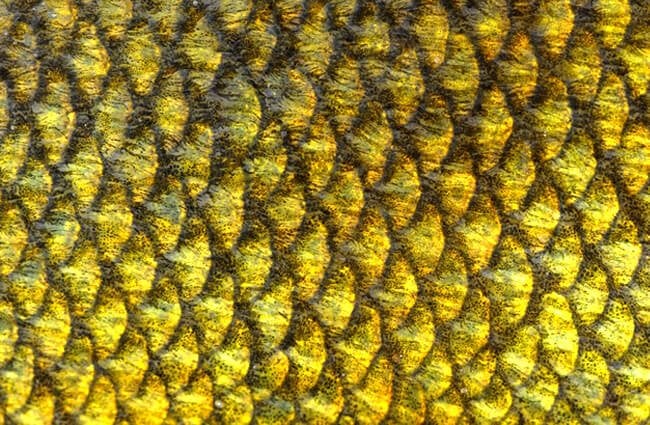


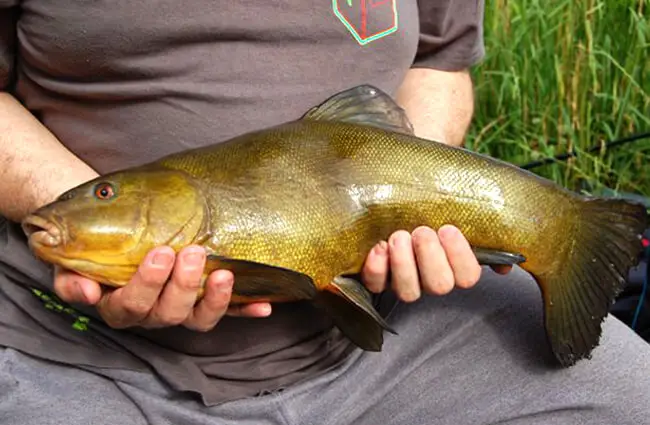
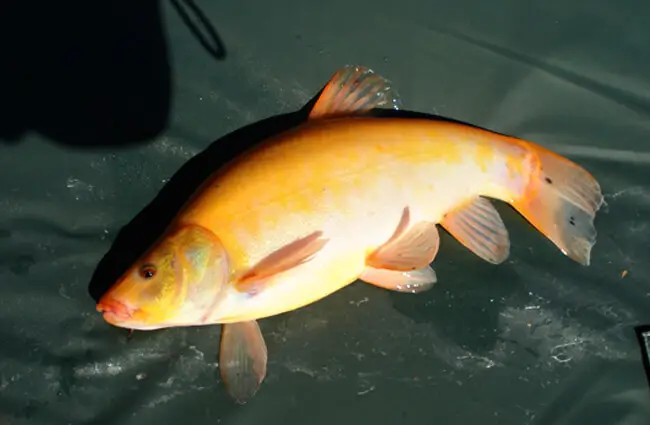

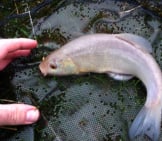
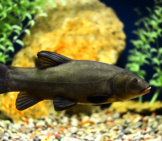
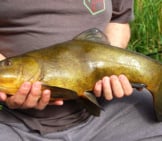

![Red Angus Closeup of a beautiful Red Angus cowPhoto by: U.S. Department of Agriculture [pubic domain]https://creativecommons.org/licenses/by/2.0/](https://animals.net/wp-content/uploads/2020/03/Red-Angus-4-238x178.jpg)












![Red Angus Closeup of a beautiful Red Angus cowPhoto by: U.S. Department of Agriculture [pubic domain]https://creativecommons.org/licenses/by/2.0/](https://animals.net/wp-content/uploads/2020/03/Red-Angus-4-100x75.jpg)

